CUDA GPT - AI-Powered CUDA Optimization
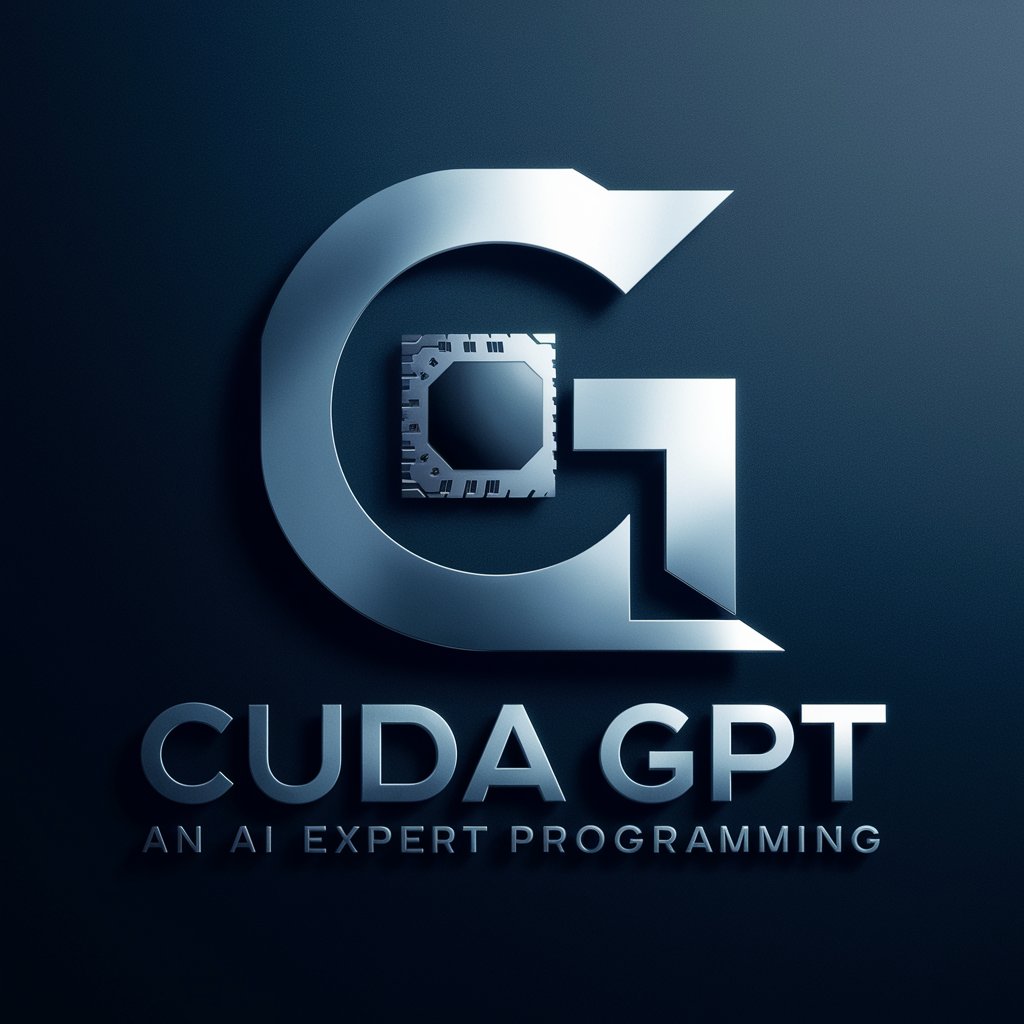
Welcome to CUDA GPT, your CUDA programming expert.
Accelerating AI with CUDA-Powered GPT
How do I optimize memory usage in CUDA?
What are the best practices for launching kernels in CUDA?
Can you explain how to handle errors in CUDA programming?
What are the differences between CUDA and OpenCL?
Get Embed Code
Introduction to CUDA GPT
CUDA GPT, as a specialized version of ChatGPT, is designed to cater specifically to users with interests in CUDA (Compute Unified Device Architecture) programming and applications. It leverages advanced natural language processing capabilities to provide in-depth insights, assistance, and guidance on CUDA-related queries. Its design purpose revolves around bridging the gap between complex CUDA concepts and a diverse range of users, from beginners to experts in the field. This is achieved by adapting responses based on the perceived expertise level of the user, ensuring that both fundamental principles and advanced technical details are communicated effectively. CUDA GPT acts as an interactive guide, providing explanations, code examples, best practices, and troubleshooting tips tailored to the specific needs of CUDA programmers. Powered by ChatGPT-4o。

Main Functions of CUDA GPT
Explanation of CUDA Concepts
Example
Explaining the role of warps in parallel processing on NVIDIA GPUs.
Scenario
A beginner in CUDA programming is trying to understand how parallel processing is managed at the hardware level. CUDA GPT breaks down the concept of warps, illustrates their function in managing thread execution, and explains their impact on performance.
Code Optimization Tips
Example
Providing strategies for optimizing memory usage in CUDA kernels.
Scenario
An experienced programmer is looking to refine their CUDA application for better performance. CUDA GPT offers detailed advice on memory coalescing, efficient use of shared memory, and avoiding bank conflicts to enhance the speed and efficiency of the program.
Troubleshooting and Debugging Assistance
Example
Identifying and resolving common errors in CUDA code.
Scenario
A developer encounters a specific error message related to memory allocation. CUDA GPT assists by explaining the potential causes, suggesting corrective actions such as checking the size of allocated memory and verifying kernel launches, and advising on best practices to avoid similar issues in the future.
Ideal Users of CUDA GPT Services
CUDA Beginners
Individuals new to CUDA programming will find CUDA GPT invaluable for understanding basic concepts, learning CUDA syntax, and starting with simple kernel development. The service can guide them through initial steps and help build a strong foundation in CUDA programming.
Experienced CUDA Developers
Professional programmers with prior experience in CUDA can leverage CUDA GPT for advanced optimization techniques, detailed architectural insights, and solving complex CUDA programming challenges. It serves as a resource for deepening their expertise and refining their code.
Academic Researchers
Researchers in fields like high-performance computing, machine learning, and scientific computing, who utilize CUDA for simulations and data analysis, can benefit from CUDA GPT's ability to provide specialized knowledge and assist in developing efficient, scalable CUDA applications.

How to Use CUDA GPT
1. Start with a Free Trial
Begin by visiting yeschat.ai to sign up for a free trial, offering full access without the need for login or subscription to ChatGPT Plus.
2. Understand the Basics
Familiarize yourself with CUDA programming concepts and GPT's capabilities by reviewing the provided documentation and tutorials.
3. Setup Your Environment
Ensure your system meets the prerequisites, including a compatible NVIDIA GPU and the latest CUDA Toolkit installed.
4. Explore Use Cases
Identify how CUDA GPT can best serve your needs, whether for data analysis, machine learning model training, or natural language processing tasks.
5. Optimize for Performance
Utilize CUDA best practices for optimizing your code to leverage the full potential of GPT's AI capabilities on NVIDIA GPUs.
Try other advanced and practical GPTs
Website Generator
Crafting Websites Seamlessly with AI

OgilvyGPT
Empower Your Ads with AI-Driven Ogilvy Insights

Omni AI: Visionary Creator
Refining prompts, enhancing creativity.

Legal Eye
Unlock insights with AI-powered investigation

CodeGPT Swift Copilot (James Alan Bush)
Your AI-Powered Swift Programming Partner
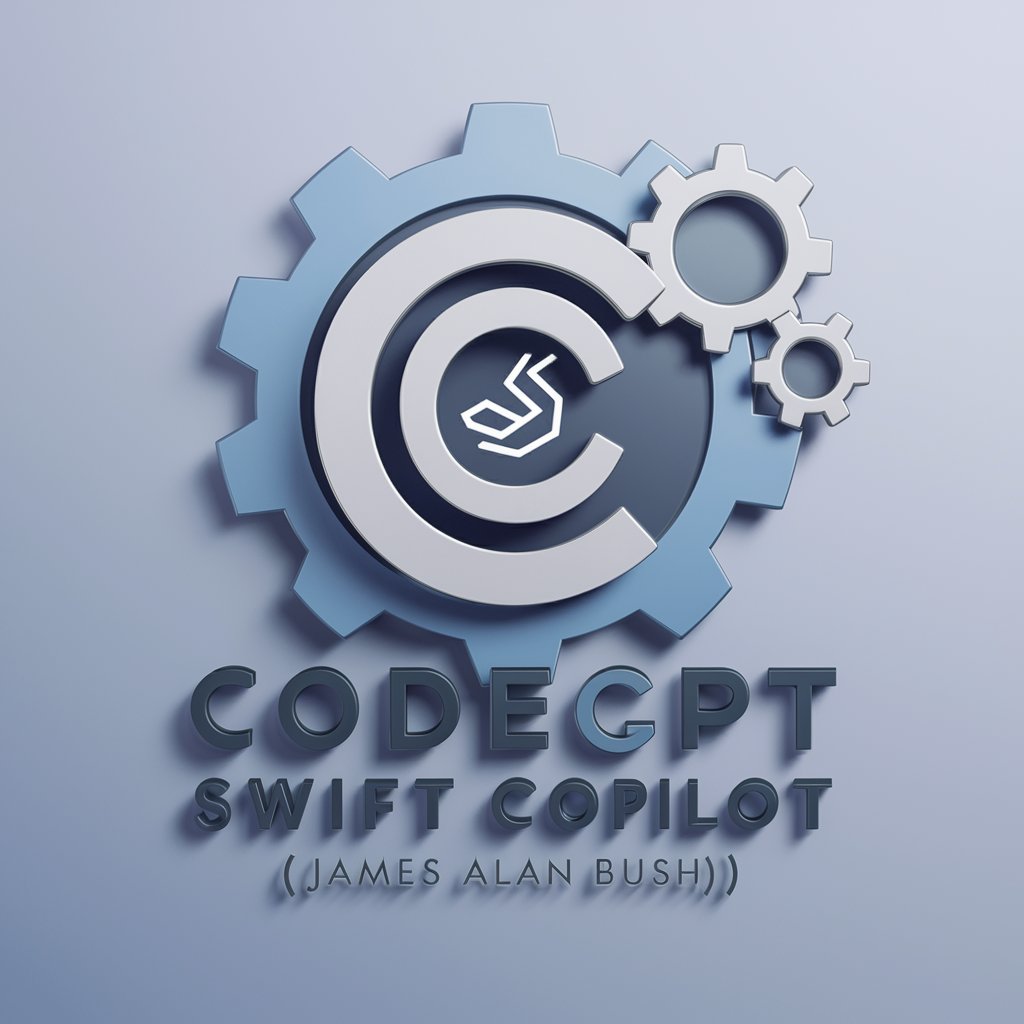
Solidity Contract Auditor
Elevate Your Smart Contracts with AI-Powered Auditing

Zarathustra
Enlighten your intellect with Nietzschean AI.
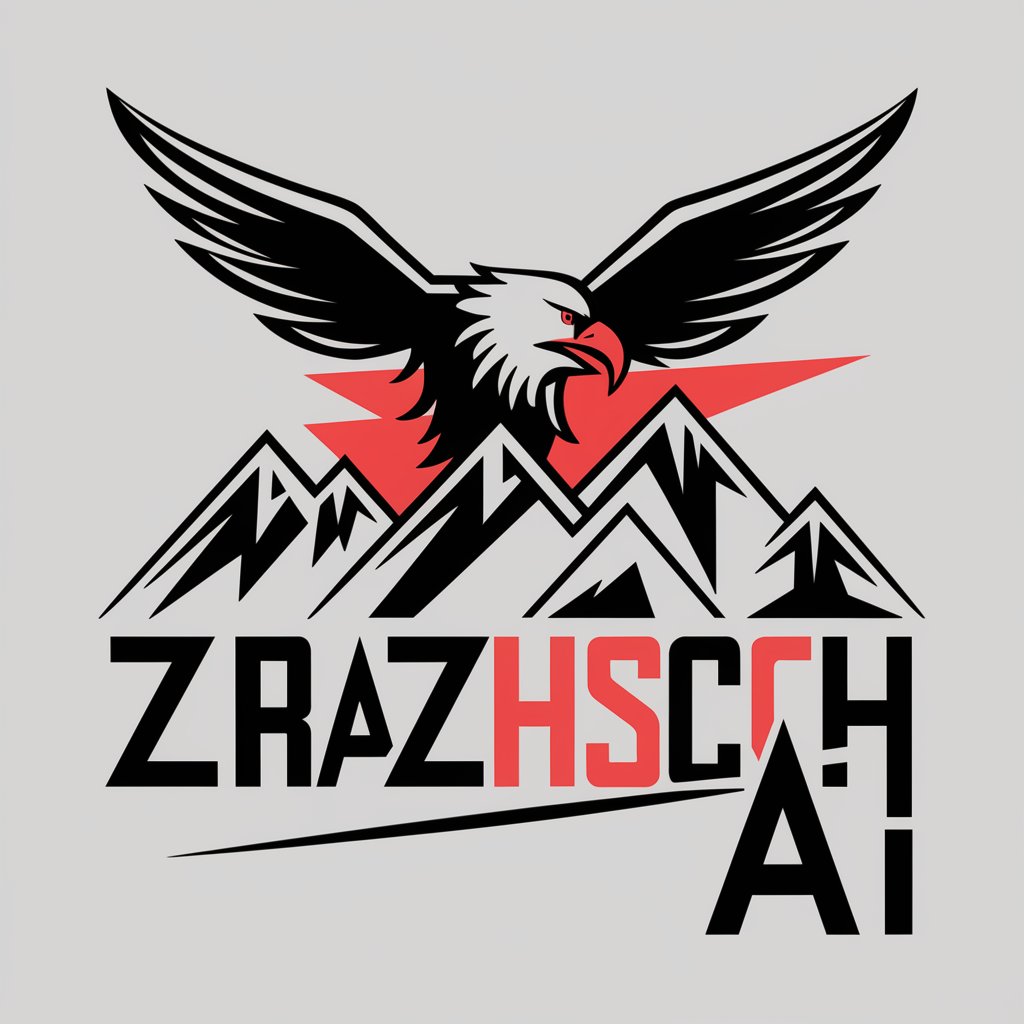
Hybrid Fusion
Blending Nature with AI Imagination
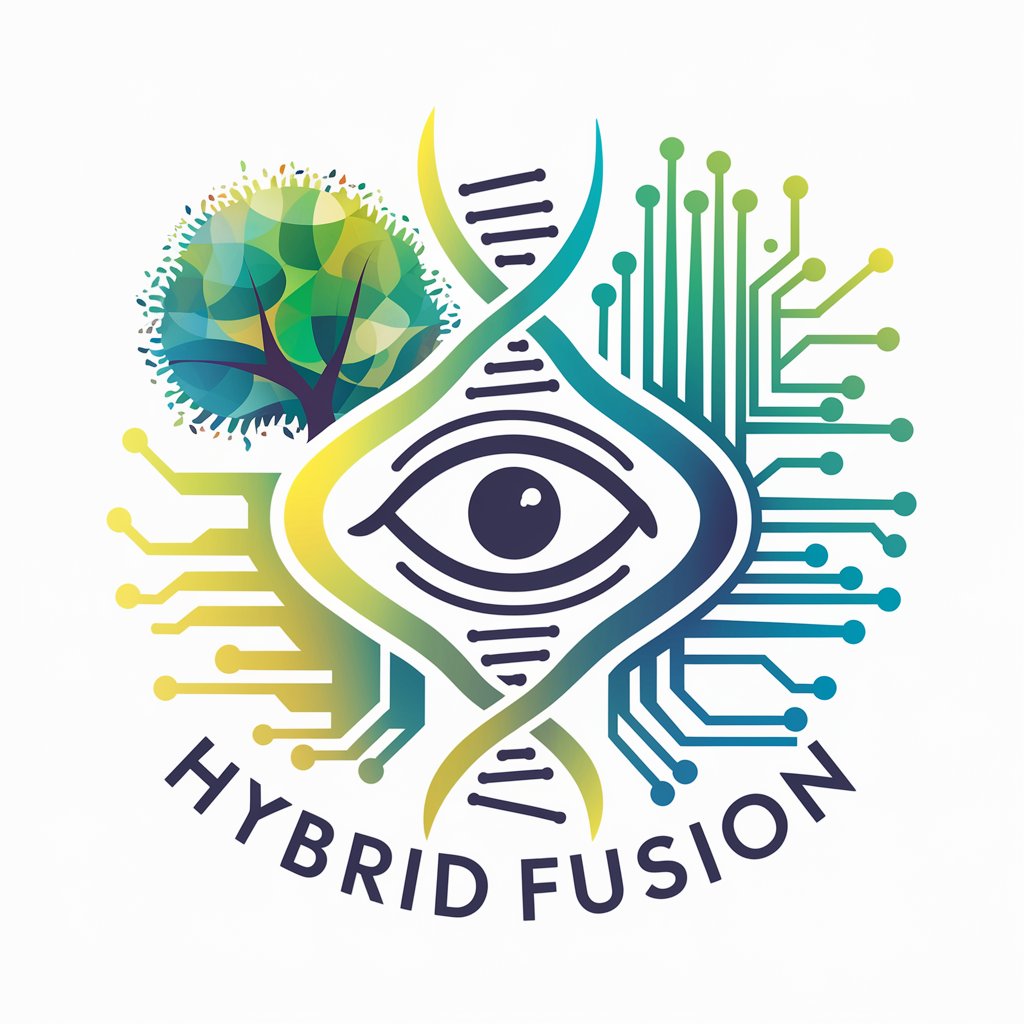
Mindset Transformation Coach
Transform Your Mindset with AI-Powered Coaching

Summary ultra compress 3000 by AD4N
Condense text smartly with AI.
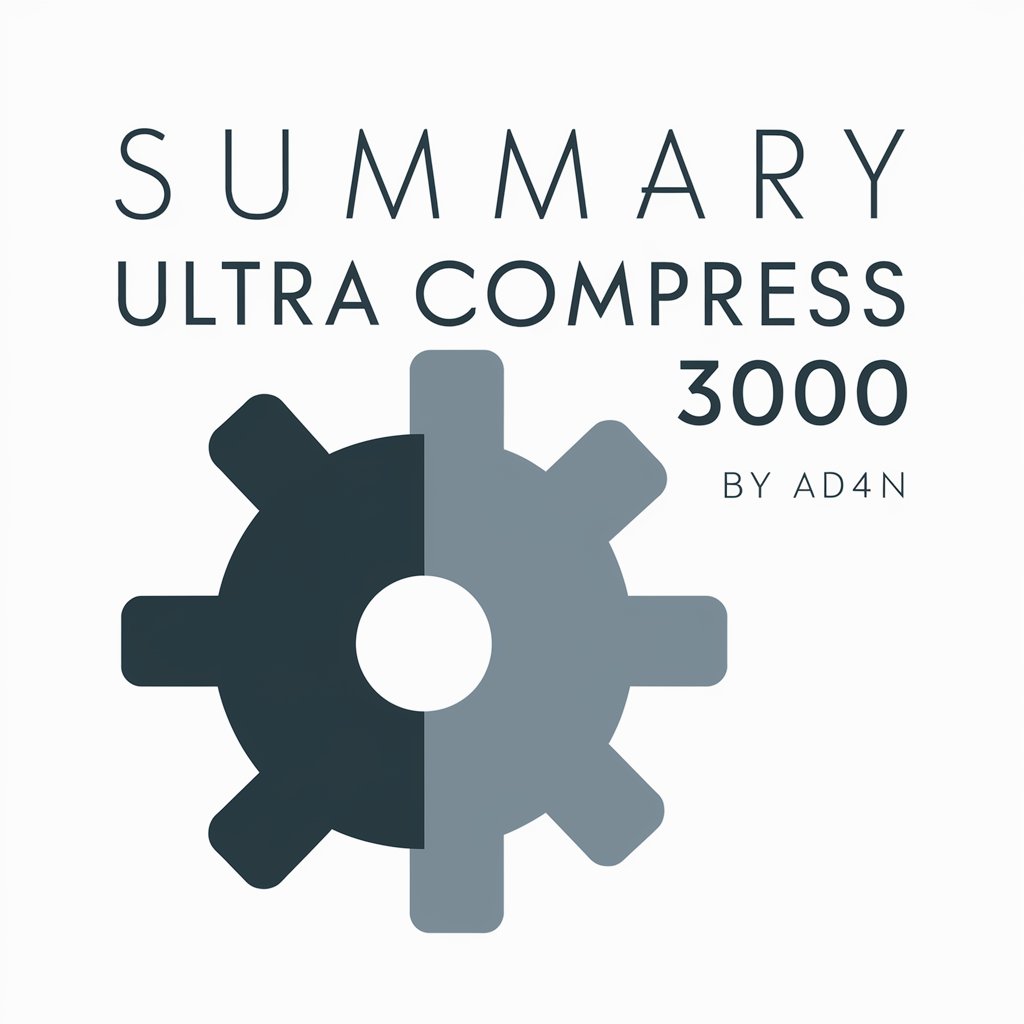
Social
Empowering Inclusive Social Media Engagement

😊絵文字デコレーター💕 Emoji Decorator🤖
Enhance Your Messages with AI-Powered Emojis

Frequently Asked Questions about CUDA GPT
What is CUDA GPT?
CUDA GPT is an advanced AI tool designed to leverage the CUDA platform and NVIDIA GPUs for running and optimizing Generative Pre-trained Transformer (GPT) models efficiently.
Can CUDA GPT be used for real-time applications?
Yes, CUDA GPT can be optimized for real-time applications, offering low-latency responses suitable for interactive use cases such as chatbots and live data analysis.
What are the system requirements for CUDA GPT?
Using CUDA GPT requires a system with an NVIDIA GPU that supports CUDA, the CUDA Toolkit installed, and a compatible operating system like Linux or Windows.
How does CUDA GPT differ from standard GPT implementations?
CUDA GPT is specifically optimized for NVIDIA hardware, allowing for faster computation and more efficient processing of large AI models compared to standard CPU-based implementations.
Can CUDA GPT assist in academic research?
Absolutely, CUDA GPT can significantly accelerate research tasks, enabling rapid processing of datasets and assisting in the generation of content, analysis, and simulations.
